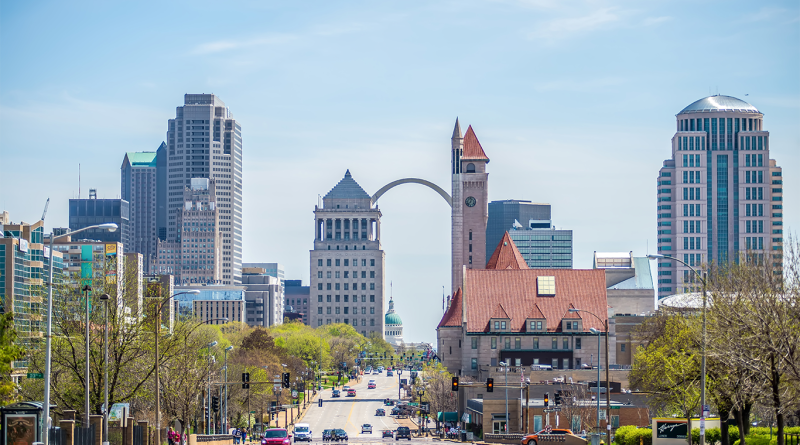St. Louis Unveils $300M Plan to Lead the Future of Urban Sustainable Mobility
St. Louis is making a transformative $300 million investment in its transportation system, aimed at addressing growing concerns over traffic safety, carbon emissions, and infrastructure. With a focus on sustainability and equitable access, the city’s initiative includes expanded bike lanes, pedestrian-friendly walkways, and electric vehicle (EV) charging stations.
Mayor Tishaura Jones, a key figure behind the plan, emphasizes that the upgrades will ensure all residents—regardless of income or neighborhood—have access to safe and green transportation.
Expanding Transportation Equity in St. Louis
A central pillar of this initiative is transportation equity, designed to provide underserved communities with better access to public transit, biking, and walking options. Historically, low-income areas in St. Louis have faced significant gaps in transportation infrastructure, leading to unsafe roads and limited access to public transit.
The Northside/Southside MetroLink expansion is one example of how the city is prioritizing these neighborhoods, creating connections to major job centers and reducing commute times for many residents. Community involvement has been essential to shaping these plans, with public forums and advisory groups playing a key role.
Biking, Pedestrian Paths, and EV Charging
The city’s plan also includes significant infrastructure upgrades aimed at promoting greener, more sustainable transportation options. The addition of dedicated bike lanes and pedestrian pathways is expected to improve safety and accessibility, particularly in areas that have long been neglected by previous infrastructure investments.
St. Louis’ commitment to expanding EV charging stations across the city reflects a shift toward accommodating the growing demand for electric vehicles. These changes align with broader efforts to reduce carbon emissions and dependence on fossil fuels.
Community Engagement
Community input has been a cornerstone of St. Louis’ transportation transformation. Recognizing that effective urban planning requires input from the public, the city has held numerous surveys, open houses, and forums to gather feedback.
Local advocacy groups, particularly those focused on cycling and pedestrian safety, have been active in voicing concerns about the city’s infrastructure. These groups have advocated for road design changes that prioritize safety for all users, not just drivers.
National Context and the Path Forward for Sustainable Cities
St. Louis’ $300 million transportation overhaul is part of a broader national movement toward creating greener, more equitable urban environments. Across the US, cities are increasingly focusing on sustainability and transportation equity as part of their infrastructure development. This movement is driven in part by federal funding through programs like the Infrastructure Investment and Jobs Act (IIJA), which allocated $1.2 trillion to improving transportation networks, with a significant portion earmarked for sustainable transit options.
With continued investment and innovation, the future of US cities could look very different, characterized by walkable neighborhoods, comprehensive public transit, and widespread use of electric vehicles. As St. Louis moves forward with its ambitious plan, the city’s success will likely influence how other urban areas approach their transportation challenges in the coming years.
Sources:
